Startup 1917 - Matsushita's Way: From $ 50 to a Worldwide Corporation
The hero of this publication has become an icon of modern business, a legend in the world of audio and other electrical equipment. His management work is the handbook of many executives, both in his homeland in Japan and around the world. Konosuke Matsushita and his company have come a long and arduous journey from a handicraft workshop to a global giant.
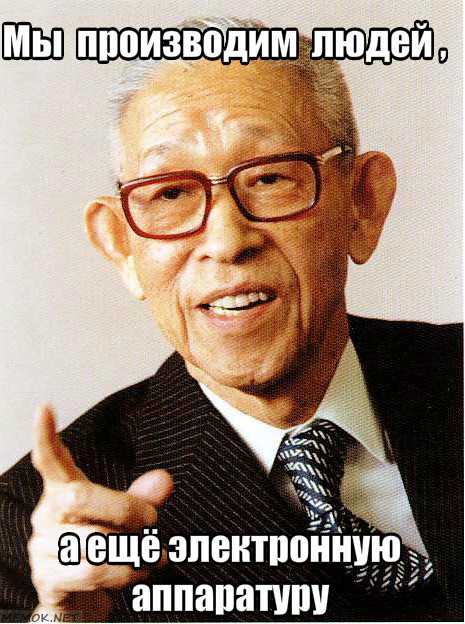
For us, 1917 is almost always associated with the October and February revolutions, serious upheavals in the life of the country. Not many people know that while the Bolsheviks overthrew the provisional government, in Japan, Konosuke Matsushita, an ambitious entrepreneur, laid the foundation for completely different revolutions. Revolution in technology, business, marketing. He was one of those people whose success to this day is inspired by technical startups. Thanks to this person, the world learned about brands such as Matsushita Electric , National , Technics , Panasonic .
In this material, a story about his life, his principles, and how faith in people, ingenuity, firm convictions, conquer any circumstances and allow you to go from the artisanal manufacture of plugs to the mass production of smartphones.
It was Matsushita who became one of the first businessmen to formulate the principles of social corporate responsibility and public-private partnership.
Most of all, Konosuke succeeded in producing mass audio and videoequipment, radio equipment, TVs. It was he who was one of the authors and adherents of the idea of the widespread distribution of accessible electronic equipment. Today, Panasonic Corporation is one of the largest manufacturers of consumer electronics in the world, ranging from audio systems, media centers, smartphones and headphones, to microwave ovens, televisions and vacuum cleaners.
Matsushita began to work very early, at 9 years old. The family needed money, as his father went bankrupt as a result of careless stock speculation. His fascination with modern technology probably began in 1910, when 18-year-old Konosuke got a job at Osaka Light. It was this company that was engaged in power supply to the city, and in 1909 launched the first electric tram in Osaka.

While working at Osaka Light, Matsushita proposed his first innovation, an improved electric plug, the development of which he gave free time to. The then employers of the future billionaire reacted coldly to the invention, believing that the new plug could not make a profit.
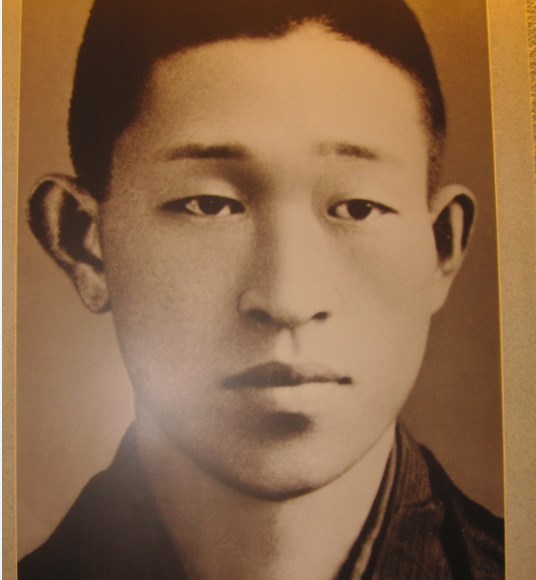
The young Japanese believed in the success of his innovation, and like modern startups, quit his job, opening up a tiny handicraft industry. The idea was promising, especially considering the time at which it appeared. In an interview, Matsushita repeatedly said that the idea of creating his own business came not without the influence of his father, who developed an entrepreneurial spirit in his talented son. At the same time, Matsushita had only 100 yen ($ 50) to implement the project.
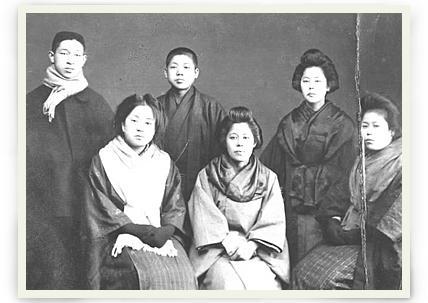
Matsushita Electric was created as a semi-handicraft family business, which Konosuke himself worked for, his wife and brother-in-law Toshio Iue (later president of Sanyo), a little later there was an opportunity to hire two more workers. By the end of its first year of existence, the company was on the verge of a financial collapse. Most likely, it would have disappeared, but suddenly the entrepreneur received a large order from Kawakita Electric for the manufacture of 1000 insulation boards for fans. It was then that in 1918, breaking into an already occupied market segment, Matsushita formulated a fundamentally new formula for successful production, known as the 30 percent law:
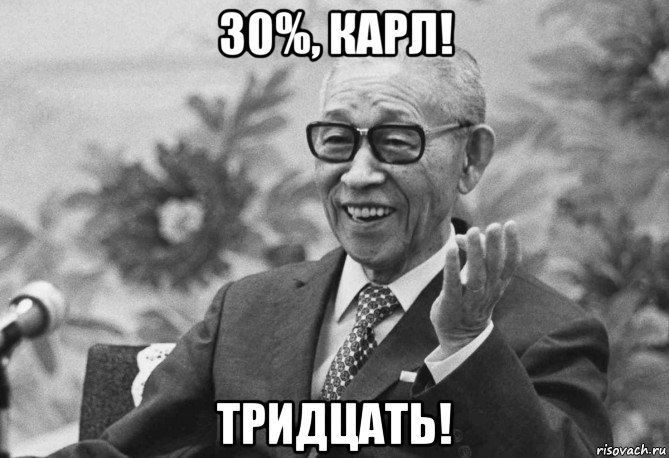
Thanks to a successful deal with Kawakita Electric, Matsushita received the next, even more profitable order, was able to rent a two-story house and continue the production of plugs. After a short time, Konosuke drew attention to the fact that in Japan the demand for double lampholders for incandescent lamps is growing. The company has mastered a new type of product, which very quickly gained popularity among consumers, ensuring stable growth and development.
In 1923, Konosuke began production of another product popular at that time. The company is developing the production of bicycle lamps (headlights operating on a battery). Rechargeable lamps existing at that time differed in very short operating time, no more than 3 hours. For four months Konosuke experimented with electrolytes, which allowed him to create a battery that provides up to 40 hours of lamp life.
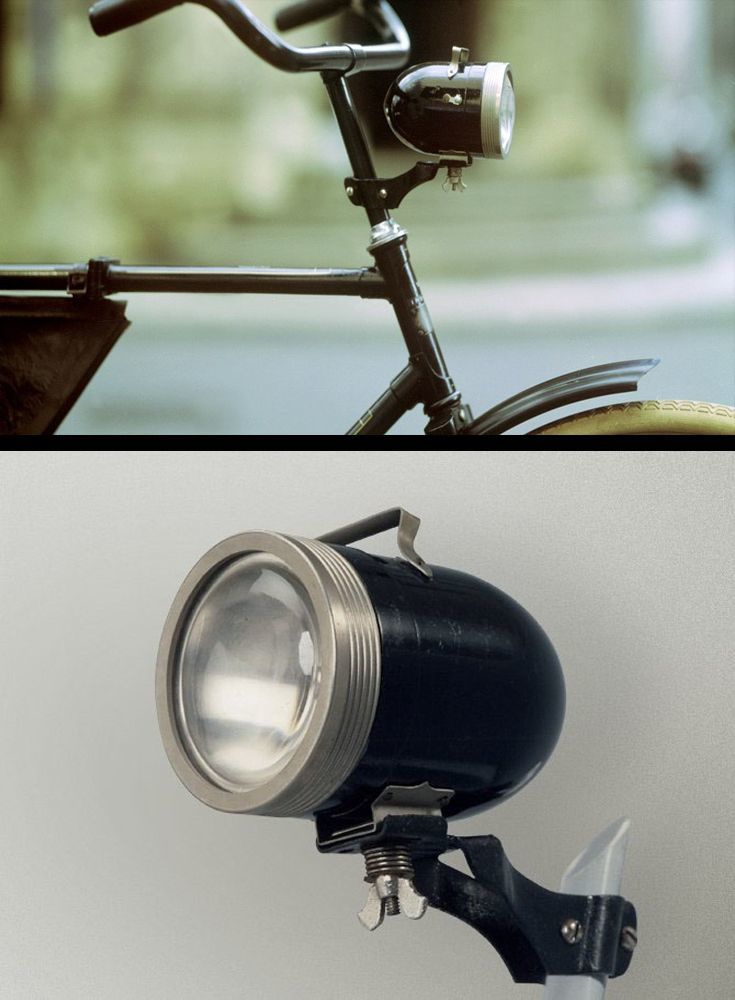
Having created a product that exceeded almost all existing analogues, Matsushita almost burned out. The fact is that buyers, having seen the promise of 40-hour work, simply were in no hurry to believe in it, and the bicycle lights for a long time remained unclaimed. Then Matsushita suggested that his trading counterparties take the goods for sale and pay money for it after the fact. Time and a new marketing principle have done their job and led lanterns have become popular, overcoming the resistance of inertia of consumers.
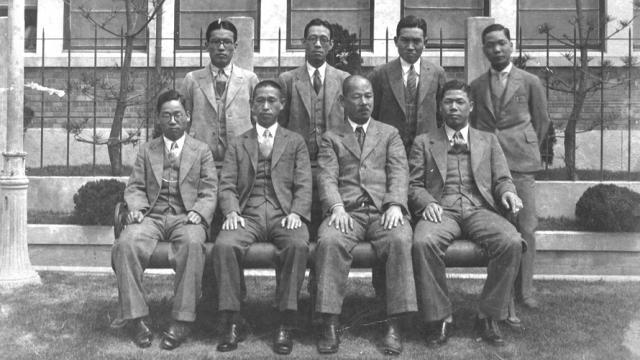
Moving to the next stage of development, the company begins to produce electric table lamps, which gradually replace traditional kerosene stoves in Japan. To promote this product, the first brand of the National company appears.
In 1929, after the collapse of the New York Stock Exchange, Konosuke Matsushita was on the verge of extinction. Despite the impact of the great depression on the Japanese economy, Konosuke did not follow the beaten path of mass crisis layoffs. Contrary to the expectations of partners and competitors, the head of Mutsuhito Electric gathered the company's employees and announced the following to them:
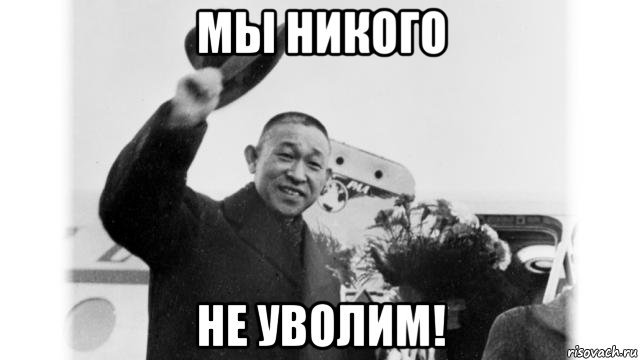
The anti-crisis strategy of the businessman was based on the maximum reduction in production costs (without affecting salaries) and the maximum involvement of employees in the preservation of the company. In part, Konosuke's policies paid off. For several months, the company's crisis sales remained stable. However, the general drop in demand could not but affect the statistics. On December 1, 1929, sales of Matsushita Electric fell to a psychological mark of 50%, which required the adoption of emergency measures. Representatives of the company's management were close to the decision to reduce half of the employees, but Matsushita categorically objected:

Matsushita's original decision shocked the rest of the company’s leaders, while
incredibly raising his authority among the workers and employees. Each of the employees devoted 2 hours a day to distributing products, which led to the almost instant elimination of stock surplus products from Matsushita Electric. Konosuke Matsushita was the only director of a Japanese company that did not reduce a single employee in 1929. Moreover, it was during this period that product diversification was strengthened and the production of radio receivers and audio equipment began .
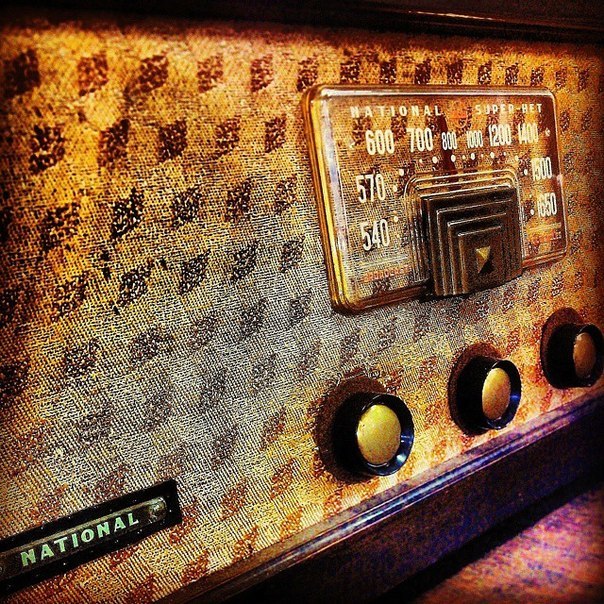
In 1932, analyzing the success of his anti-crisis policy, Konosuke Matsushita formulated one of the first paradigms of business social responsibility, which boils down to the principle:
Matsushita defines the company's mission as follows:
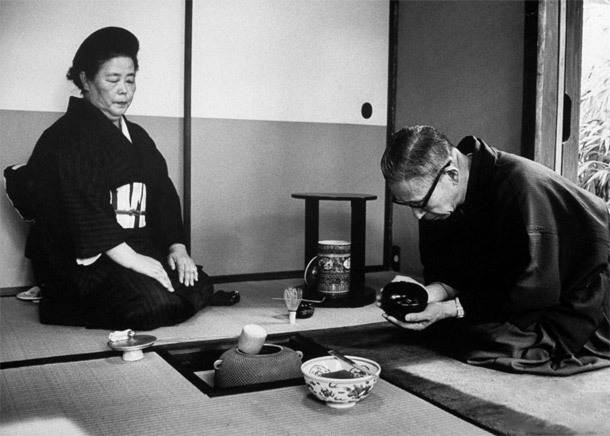
Understanding the traditional values of Japanese society, Konosuke initially created the company as a large family, and sincerely believed in his employees. In addition, he is actively developing the ideology of the unity of business, society and the state, which is very close to most Japanese of his generation. Creating corporate principles for company employees, Konosuke closely links the concepts of personal prosperity, company prosperity and nation prosperity. This approach gave excellent results, and the company began to grow and develop steadily until the outbreak of World War II.

Konosuke did not stop at creating special principles of corporate ethics, sincerely believing in improving the performance of the company due to the personal growth of its employees, he founded the Institute for Training Employees. The school opened its doors in 1934 at the production of Kadoma. Matsushita well understood the value of education, since he himself, due to circumstances, did not have the opportunity to receive it.
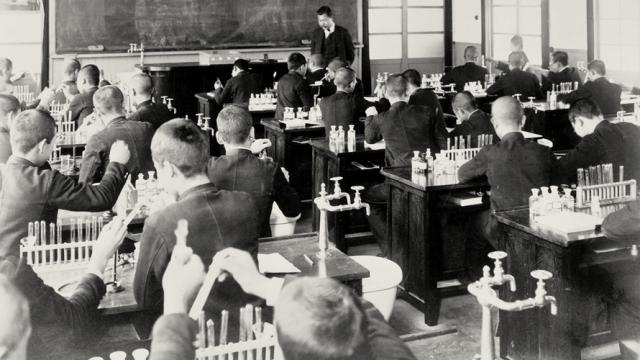
In an interview, to a question about what his company is doing, Konosuke answered:
In 1963, in a public television conversation with Japanese Prime Minister Heyato Ikeda, Matsushita, as an adherent of traditional values, defended spiritual education, saying that it, along with other traditions, was vital for Japan’s national future.
The military confrontation between Japan and China, which grew into a theater of operations of the Second World War, was the most difficult period for Konosuke's company, however, as well as for the whole of Japan.
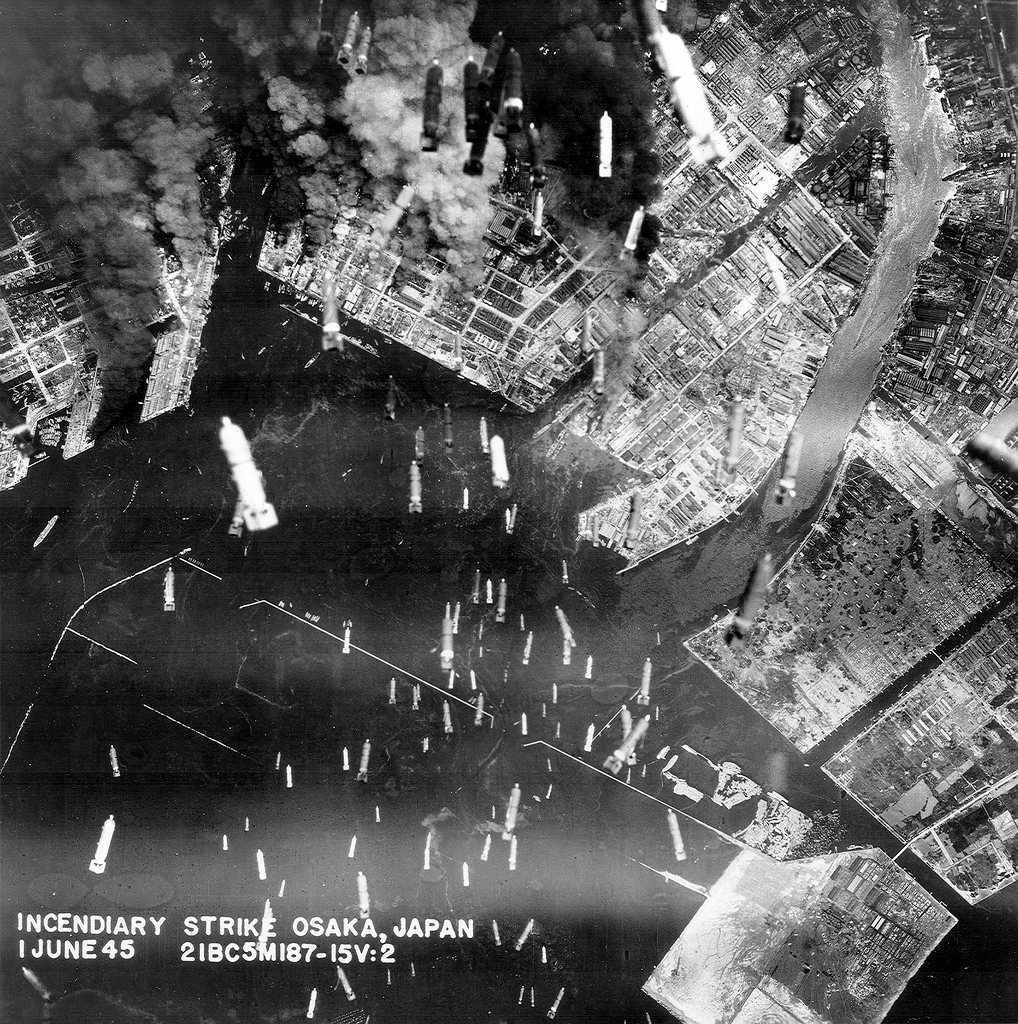
With the outbreak of war, under pressure from the political elite of Japan, the company begins to work on the country's military-industrial complex. The principle of unity of employees, company and state cost Konosuke dearly, during the bombing, the company loses 32 production complexes, as well as large offices in Tokyo and Osaka. From the loss of rights and liquidation of the company during the American occupation, the "sensei of Japanese management" could save only the mass demonstrations of the workers devoted to the leader.

The post-war years, in the war-torn Japan, also did not bode well. The main product of the company was batteries, lamps and radios, which were not widely demanded by the rapidly impoverished population. Despite the hardships and deprivations of the post-war life, the dedication of employees and the production base preserved after the bombing did not allow the company to die. Having recovered from the “war syndrome”, Matsushita Electric continued its development at a pre-war pace.
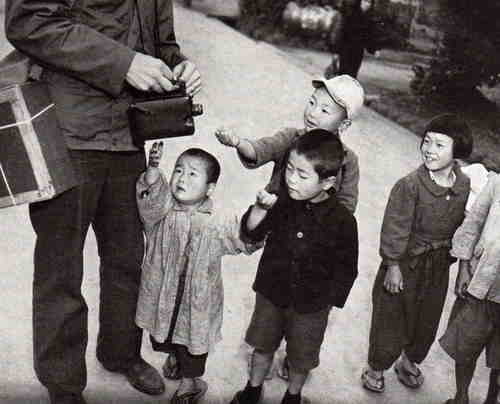
In 1951, Matsushita said that the capacity, resources and quality of Matsushita Electric products make it possible to take its rightful place in the global economic community. To assess the level of American industrial enterprises, Konosuke paid a visit to the United States, and was disappointed with Japan's huge technological and industrial lag. To bridge this gap, his company needed deeper knowledge in electronics , a change in production approaches.
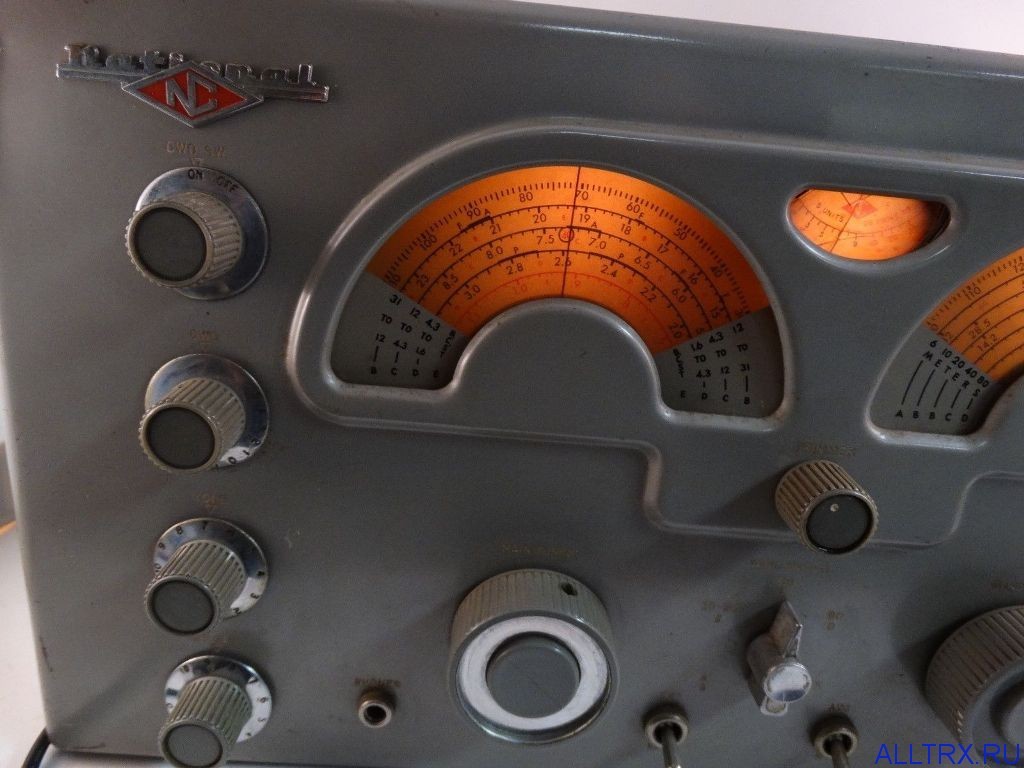
In the mid-1950s, Konosuke initiated a mutually beneficial partnership between Matsushita Electric and Philips, creating a joint venture that managed to get ahead of almost all American companies in technological development by the early 1960s. The equipment released by this division has a new name, this is how the Panasonic brand (National Panasonic) is born .

The company, led by Konosuke, won three major battles in its history. The battle for audio was won on the national market back in the 60s when, together with Philips, the production of national Panasonic radios, tape recorders and players began . The key to success was the development that began in 1957.

At the same time, in the western markets, over the course of 2 decades, the corporation squeezed out the “three treasures” market (washing machines, refrigerators and TVs), and later the fourth - vacuum cleaners. And finally, the battle for video (late 70s) with a constant competitor, SONY. They managed to get around the rival by joining forces with the JVC and relying on their new VHS format.
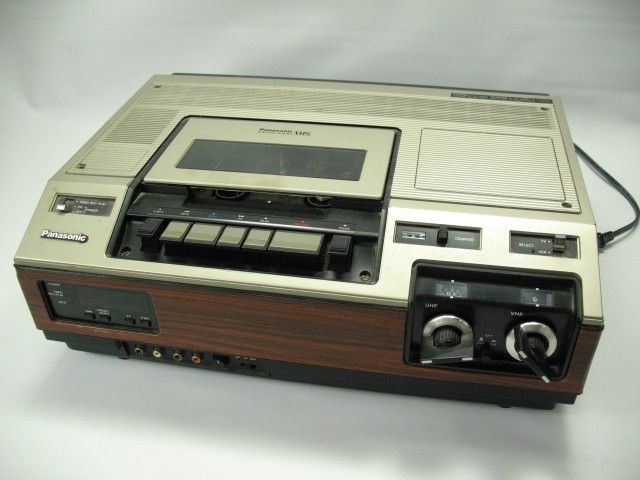
As a wise leader, Konosuke understands that age and health may not allow him to continue to actively lead the company. In 1961, at the height of his fame, he delivered a speech in which he spoke about the successes of the company and, completing it, announced that he was resigning.
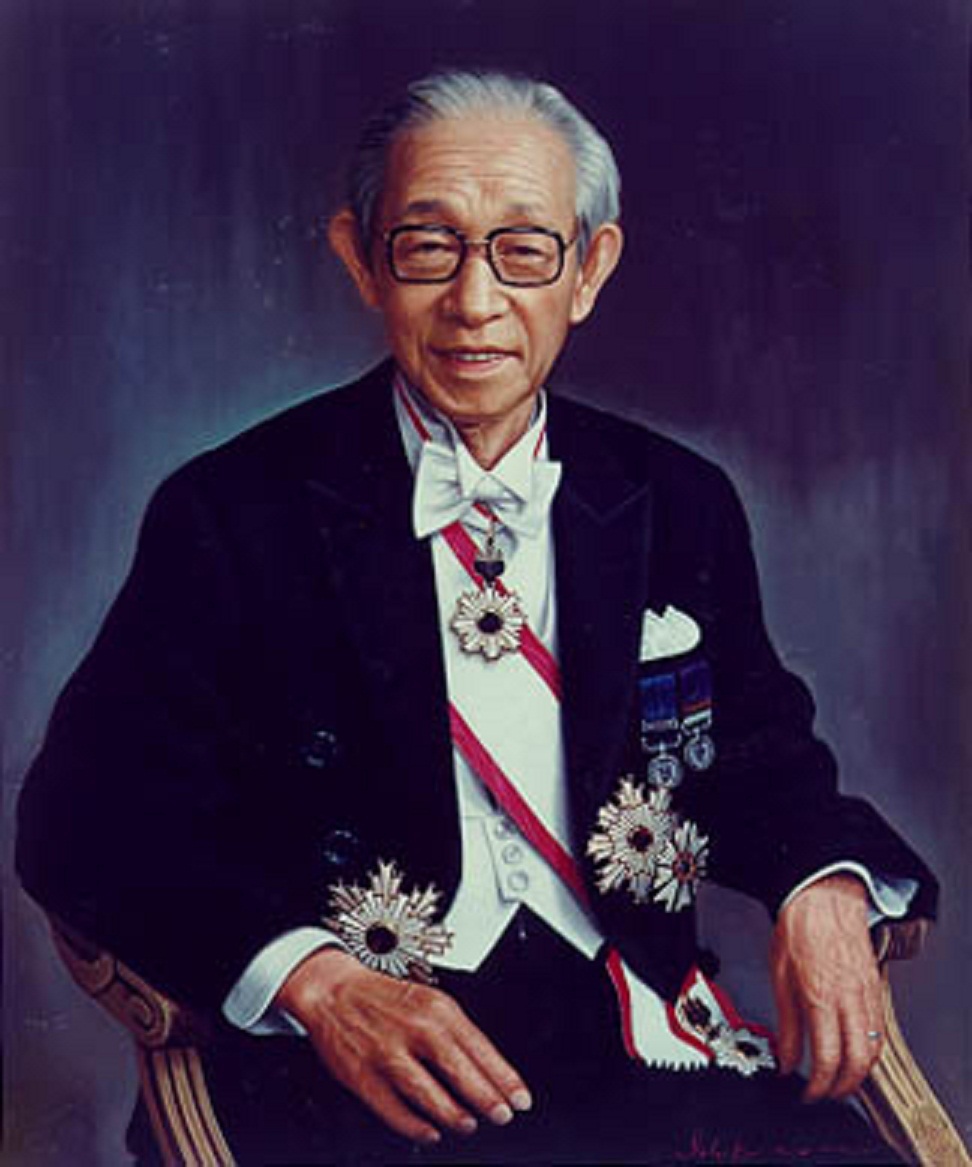
Holidays on the laurels did not last long, by the mid-60s, Japan's economic situation worsened, and the company turned to the founder with a request to return. Konosuke again led Matsushita Electric and remained in the post of leader until 1973. The great leader remained in a modest consultant position, periodically returning to leadership in difficult periods. The corporate ideology laid down by the founder continues to help the company today. Only in 2000, eleven years after the death of Matsushita, under the pressure of a difficult market situation, Panasonic President Kunio Nakamura decided to move away from the principle of lifelong hiring and reduced 5% of the company's employees.
Konosuke outlined his philosophical and ideological views on business in numerous books, becoming one of the most widely read Japanese authors in the world.
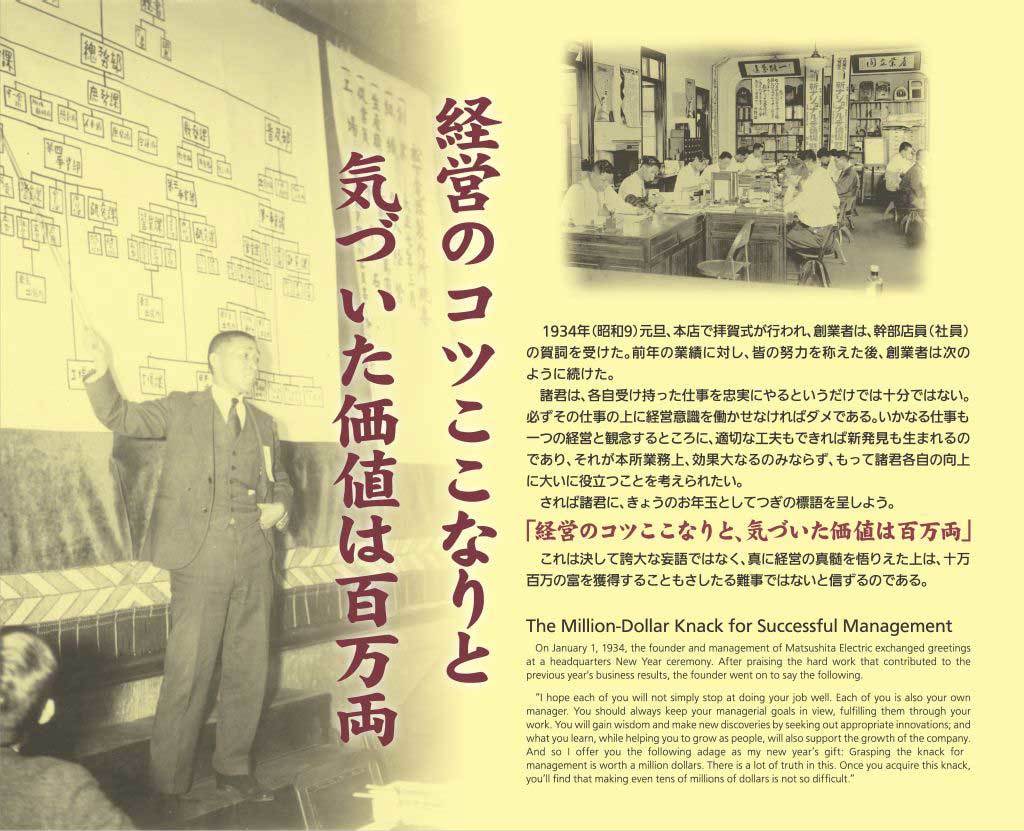
In his writings, he formulated 7 main, in his opinion, management principles:
No less important Matsushita considered the other 7 principles, guaranteed to ensure the success of the company:
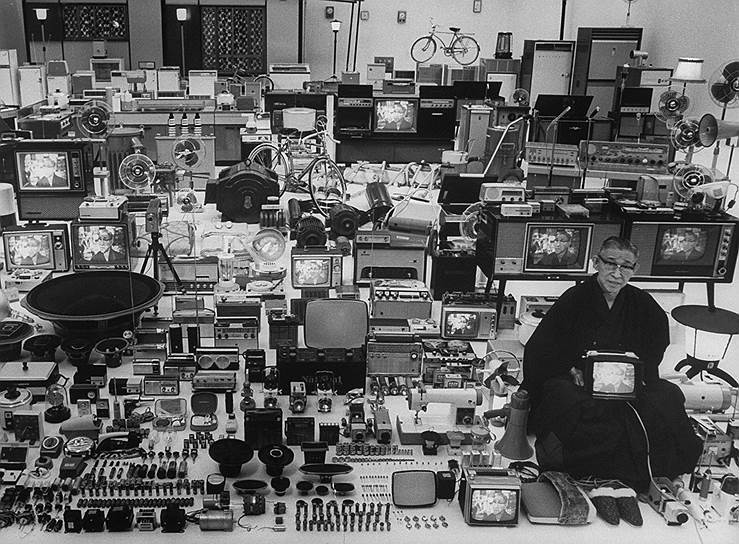
Matsushita passed away in 1989, not having fulfilled, perhaps, one of his goals: before he reached the third millennium, he was only 11 years old. The founder’s corporate legacy at Panasonic is still in use.

For us, 1917 is almost always associated with the October and February revolutions, serious upheavals in the life of the country. Not many people know that while the Bolsheviks overthrew the provisional government, in Japan, Konosuke Matsushita, an ambitious entrepreneur, laid the foundation for completely different revolutions. Revolution in technology, business, marketing. He was one of those people whose success to this day is inspired by technical startups. Thanks to this person, the world learned about brands such as Matsushita Electric , National , Technics , Panasonic .
In this material, a story about his life, his principles, and how faith in people, ingenuity, firm convictions, conquer any circumstances and allow you to go from the artisanal manufacture of plugs to the mass production of smartphones.
It was Matsushita who became one of the first businessmen to formulate the principles of social corporate responsibility and public-private partnership.
Most of all, Konosuke succeeded in producing mass audio and videoequipment, radio equipment, TVs. It was he who was one of the authors and adherents of the idea of the widespread distribution of accessible electronic equipment. Today, Panasonic Corporation is one of the largest manufacturers of consumer electronics in the world, ranging from audio systems, media centers, smartphones and headphones, to microwave ovens, televisions and vacuum cleaners.
Start: Hard childhood, plugs, fan boards, and adapters
Matsushita began to work very early, at 9 years old. The family needed money, as his father went bankrupt as a result of careless stock speculation. His fascination with modern technology probably began in 1910, when 18-year-old Konosuke got a job at Osaka Light. It was this company that was engaged in power supply to the city, and in 1909 launched the first electric tram in Osaka.

While working at Osaka Light, Matsushita proposed his first innovation, an improved electric plug, the development of which he gave free time to. The then employers of the future billionaire reacted coldly to the invention, believing that the new plug could not make a profit.

The young Japanese believed in the success of his innovation, and like modern startups, quit his job, opening up a tiny handicraft industry. The idea was promising, especially considering the time at which it appeared. In an interview, Matsushita repeatedly said that the idea of creating his own business came not without the influence of his father, who developed an entrepreneurial spirit in his talented son. At the same time, Matsushita had only 100 yen ($ 50) to implement the project.

Matsushita Electric was created as a semi-handicraft family business, which Konosuke himself worked for, his wife and brother-in-law Toshio Iue (later president of Sanyo), a little later there was an opportunity to hire two more workers. By the end of its first year of existence, the company was on the verge of a financial collapse. Most likely, it would have disappeared, but suddenly the entrepreneur received a large order from Kawakita Electric for the manufacture of 1000 insulation boards for fans. It was then that in 1918, breaking into an already occupied market segment, Matsushita formulated a fundamentally new formula for successful production, known as the 30 percent law:
“In order to infiltrate an already established market, you need to do everything 30% better and 30% cheaper”

Thanks to a successful deal with Kawakita Electric, Matsushita received the next, even more profitable order, was able to rent a two-story house and continue the production of plugs. After a short time, Konosuke drew attention to the fact that in Japan the demand for double lampholders for incandescent lamps is growing. The company has mastered a new type of product, which very quickly gained popularity among consumers, ensuring stable growth and development.
The birth of National, from bicycle headlights to table lamps
In 1923, Konosuke began production of another product popular at that time. The company is developing the production of bicycle lamps (headlights operating on a battery). Rechargeable lamps existing at that time differed in very short operating time, no more than 3 hours. For four months Konosuke experimented with electrolytes, which allowed him to create a battery that provides up to 40 hours of lamp life.

Having created a product that exceeded almost all existing analogues, Matsushita almost burned out. The fact is that buyers, having seen the promise of 40-hour work, simply were in no hurry to believe in it, and the bicycle lights for a long time remained unclaimed. Then Matsushita suggested that his trading counterparties take the goods for sale and pay money for it after the fact. Time and a new marketing principle have done their job and led lanterns have become popular, overcoming the resistance of inertia of consumers.

Moving to the next stage of development, the company begins to produce electric table lamps, which gradually replace traditional kerosene stoves in Japan. To promote this product, the first brand of the National company appears.
1929 - the year of birth of the social role of business
In 1929, after the collapse of the New York Stock Exchange, Konosuke Matsushita was on the verge of extinction. Despite the impact of the great depression on the Japanese economy, Konosuke did not follow the beaten path of mass crisis layoffs. Contrary to the expectations of partners and competitors, the head of Mutsuhito Electric gathered the company's employees and announced the following to them:
“We will not fire anyone! We won’t cut anyone’s salary! Now everyone and everyone should understand that we are a single whole, and business is not the most important thing! Each of you must make every effort to ensure that our products are successful in the market ”

The anti-crisis strategy of the businessman was based on the maximum reduction in production costs (without affecting salaries) and the maximum involvement of employees in the preservation of the company. In part, Konosuke's policies paid off. For several months, the company's crisis sales remained stable. However, the general drop in demand could not but affect the statistics. On December 1, 1929, sales of Matsushita Electric fell to a psychological mark of 50%, which required the adoption of emergency measures. Representatives of the company's management were close to the decision to reduce half of the employees, but Matsushita categorically objected:
“We cut production by half immediately, right from today, but we are not firing anyone. We will reduce production not due to layoffs of workers, but provide them with a reduced working week. For their work, they will receive the same salary. However, all holidays will be canceled. We will turn to workers with a request to deal with the sale of inventories in warehouses ourselves ”

Matsushita's original decision shocked the rest of the company’s leaders, while
incredibly raising his authority among the workers and employees. Each of the employees devoted 2 hours a day to distributing products, which led to the almost instant elimination of stock surplus products from Matsushita Electric. Konosuke Matsushita was the only director of a Japanese company that did not reduce a single employee in 1929. Moreover, it was during this period that product diversification was strengthened and the production of radio receivers and audio equipment began .

In 1932, analyzing the success of his anti-crisis policy, Konosuke Matsushita formulated one of the first paradigms of business social responsibility, which boils down to the principle:
“Business is people”
Matsushita defines the company's mission as follows:
“Our business is what is entrusted to us by society. Therefore, we are obliged to guide and develop the company in such a way as to help develop society and contribute to improving people's lives ”
Traditional values as the basis for success

Understanding the traditional values of Japanese society, Konosuke initially created the company as a large family, and sincerely believed in his employees. In addition, he is actively developing the ideology of the unity of business, society and the state, which is very close to most Japanese of his generation. Creating corporate principles for company employees, Konosuke closely links the concepts of personal prosperity, company prosperity and nation prosperity. This approach gave excellent results, and the company began to grow and develop steadily until the outbreak of World War II.

Konosuke did not stop at creating special principles of corporate ethics, sincerely believing in improving the performance of the company due to the personal growth of its employees, he founded the Institute for Training Employees. The school opened its doors in 1934 at the production of Kadoma. Matsushita well understood the value of education, since he himself, due to circumstances, did not have the opportunity to receive it.

In an interview, to a question about what his company is doing, Konosuke answered:
“We produce people, and also electronic equipment”
In 1963, in a public television conversation with Japanese Prime Minister Heyato Ikeda, Matsushita, as an adherent of traditional values, defended spiritual education, saying that it, along with other traditions, was vital for Japan’s national future.
Hardest hit
The military confrontation between Japan and China, which grew into a theater of operations of the Second World War, was the most difficult period for Konosuke's company, however, as well as for the whole of Japan.

With the outbreak of war, under pressure from the political elite of Japan, the company begins to work on the country's military-industrial complex. The principle of unity of employees, company and state cost Konosuke dearly, during the bombing, the company loses 32 production complexes, as well as large offices in Tokyo and Osaka. From the loss of rights and liquidation of the company during the American occupation, the "sensei of Japanese management" could save only the mass demonstrations of the workers devoted to the leader.

The post-war years, in the war-torn Japan, also did not bode well. The main product of the company was batteries, lamps and radios, which were not widely demanded by the rapidly impoverished population. Despite the hardships and deprivations of the post-war life, the dedication of employees and the production base preserved after the bombing did not allow the company to die. Having recovered from the “war syndrome”, Matsushita Electric continued its development at a pre-war pace.

Victorious Charge West
In 1951, Matsushita said that the capacity, resources and quality of Matsushita Electric products make it possible to take its rightful place in the global economic community. To assess the level of American industrial enterprises, Konosuke paid a visit to the United States, and was disappointed with Japan's huge technological and industrial lag. To bridge this gap, his company needed deeper knowledge in electronics , a change in production approaches.

In the mid-1950s, Konosuke initiated a mutually beneficial partnership between Matsushita Electric and Philips, creating a joint venture that managed to get ahead of almost all American companies in technological development by the early 1960s. The equipment released by this division has a new name, this is how the Panasonic brand (National Panasonic) is born .

Battles and victories
The company, led by Konosuke, won three major battles in its history. The battle for audio was won on the national market back in the 60s when, together with Philips, the production of national Panasonic radios, tape recorders and players began . The key to success was the development that began in 1957.

At the same time, in the western markets, over the course of 2 decades, the corporation squeezed out the “three treasures” market (washing machines, refrigerators and TVs), and later the fourth - vacuum cleaners. And finally, the battle for video (late 70s) with a constant competitor, SONY. They managed to get around the rival by joining forces with the JVC and relying on their new VHS format.

As a wise leader, Konosuke understands that age and health may not allow him to continue to actively lead the company. In 1961, at the height of his fame, he delivered a speech in which he spoke about the successes of the company and, completing it, announced that he was resigning.

Holidays on the laurels did not last long, by the mid-60s, Japan's economic situation worsened, and the company turned to the founder with a request to return. Konosuke again led Matsushita Electric and remained in the post of leader until 1973. The great leader remained in a modest consultant position, periodically returning to leadership in difficult periods. The corporate ideology laid down by the founder continues to help the company today. Only in 2000, eleven years after the death of Matsushita, under the pressure of a difficult market situation, Panasonic President Kunio Nakamura decided to move away from the principle of lifelong hiring and reduced 5% of the company's employees.
Philosophy and Principles
Konosuke outlined his philosophical and ideological views on business in numerous books, becoming one of the most widely read Japanese authors in the world.

In his writings, he formulated 7 main, in his opinion, management principles:
- Contribution to the development of society
- Fairness and honesty
- Collaboration and team spirit
- Continuous Improvement
- Politeness and modesty
- Identification with the company
- A sense of gratitude to the company
No less important Matsushita considered the other 7 principles, guaranteed to ensure the success of the company:
- Consumer Above All
- Making Profits - Through Service
- Everyone controls himself
- Everyone is involved in the management of the company.
- Coexistence as a guarantee of shared prosperity
- Fair competition in the market
- People are more important than products.

Exodus
Matsushita passed away in 1989, not having fulfilled, perhaps, one of his goals: before he reached the third millennium, he was only 11 years old. The founder’s corporate legacy at Panasonic is still in use.
